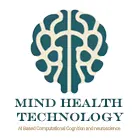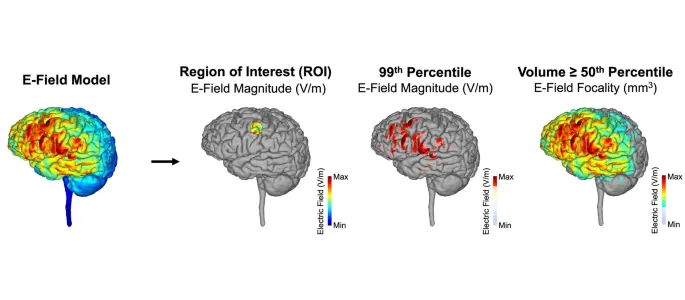A team of scientists has developed a new technique for noninvasive brain stimulation called APPS-tDCS, which delivers greater stimulation intensities and focuses the stimulation more precisely on the targeted area. Transcranial direct current stimulation (tDCS) techniques can be made more effective with the help of E-field modeling.
A team of scientists has developed a new technique for noninvasive brain stimulation called APPS- tDCS , which delivers greater stimulation intensities and focuses the stimulation more precisely on the targeted area. Transcranial direct current stimulation ( tDCS ) techniques can be made more effective with the help of E-field modeling.
Traditional tDCS works by sending a low-level electric current to the brain to increase the amount of calcium inside the cells and cause long-term potentiation (LTP). However, the effects of tDCS have been different for different people because their brains are different. APPS- tDCS solves this problem by using the same intensity of scalp stimulation to create bigger electric fields.
Researchers looked at the electric fields made by traditional electrode arrangements and used two different electrode placements to make the best APPS- tDCS setup. The study found that the APPS- tDCS electrodes created the strongest average electric field. When the electrodes were moved, the electric fields at the motor region of interest changed. The study also found that the size of the electrodes has a big effect on how strong the electric fields are and where they are focused when APPS- tDCS is used.
The results provide a theoretical basis for optimizing tDCS to maximize on-target effects while minimizing off-target effects, producing stronger or more consistent therapeutic effects with the same stimulation intensity as conventional electrode placements. This new technique could change the way noninvasive brain stimulation is done and make tDCS work better for a wide range of neurological and mental health conditions.
Optimized APPS- tDCS electrode position, size, and distance doubles the on-target stimulation magnitude in 3000 electric field models

